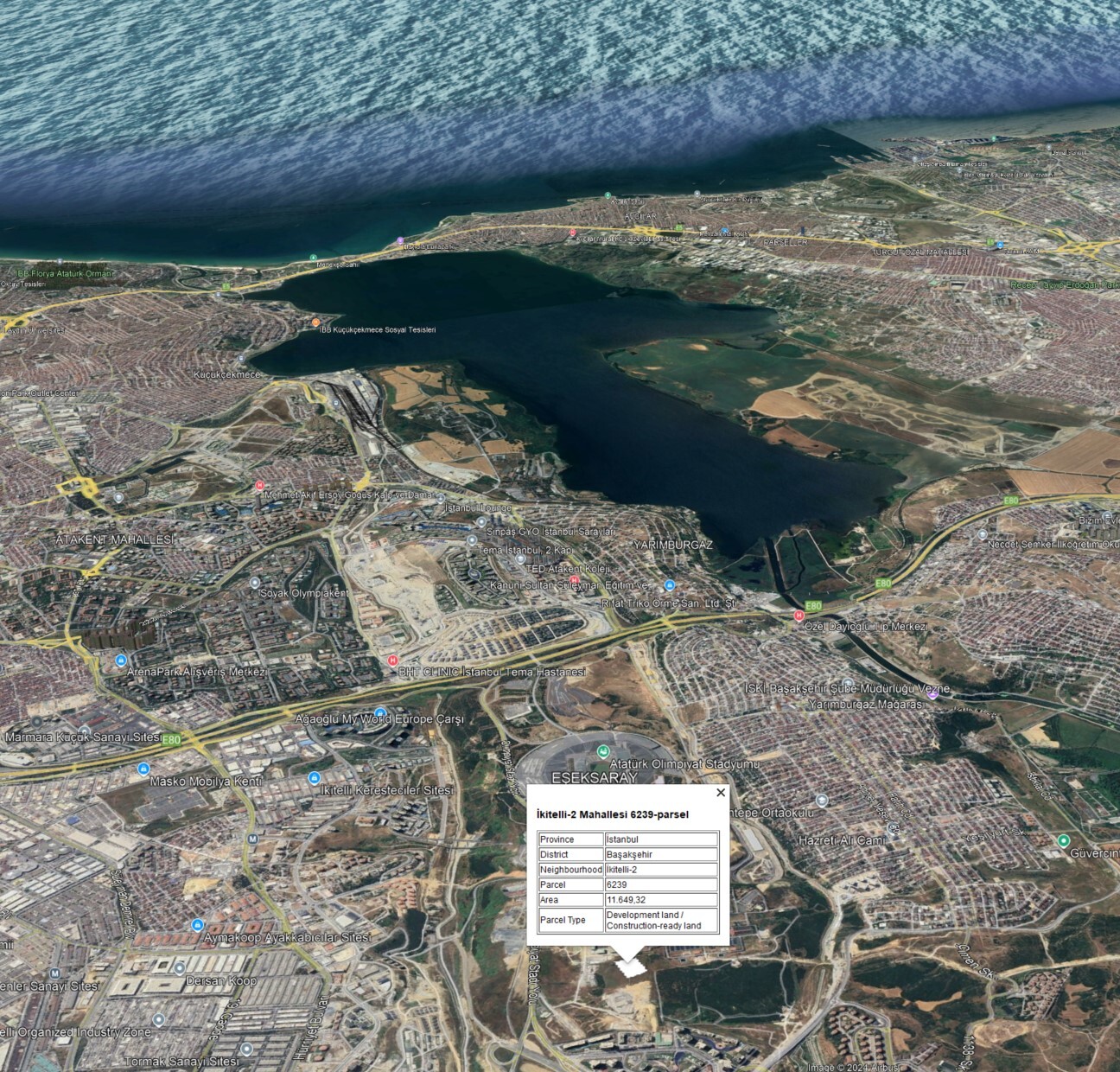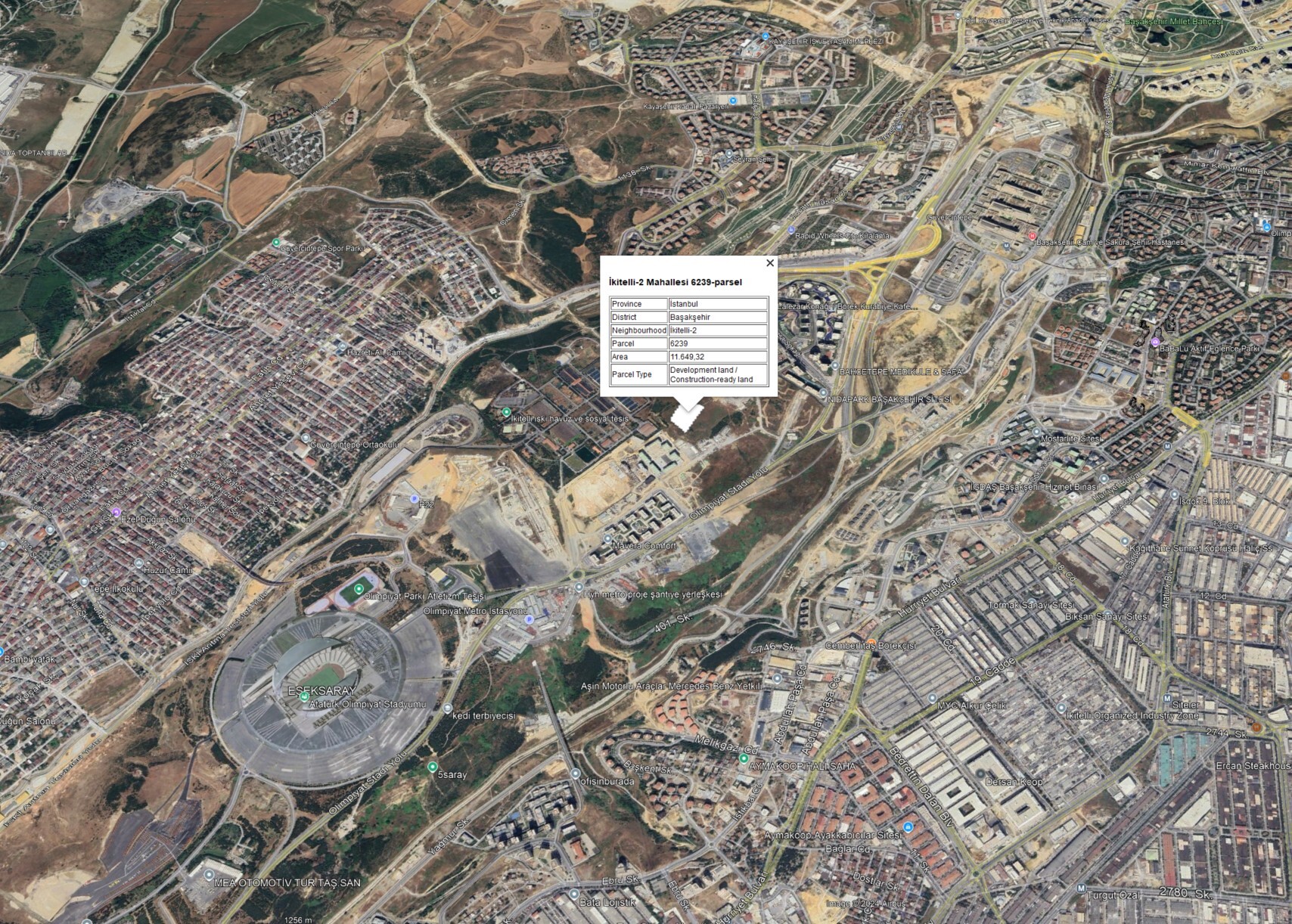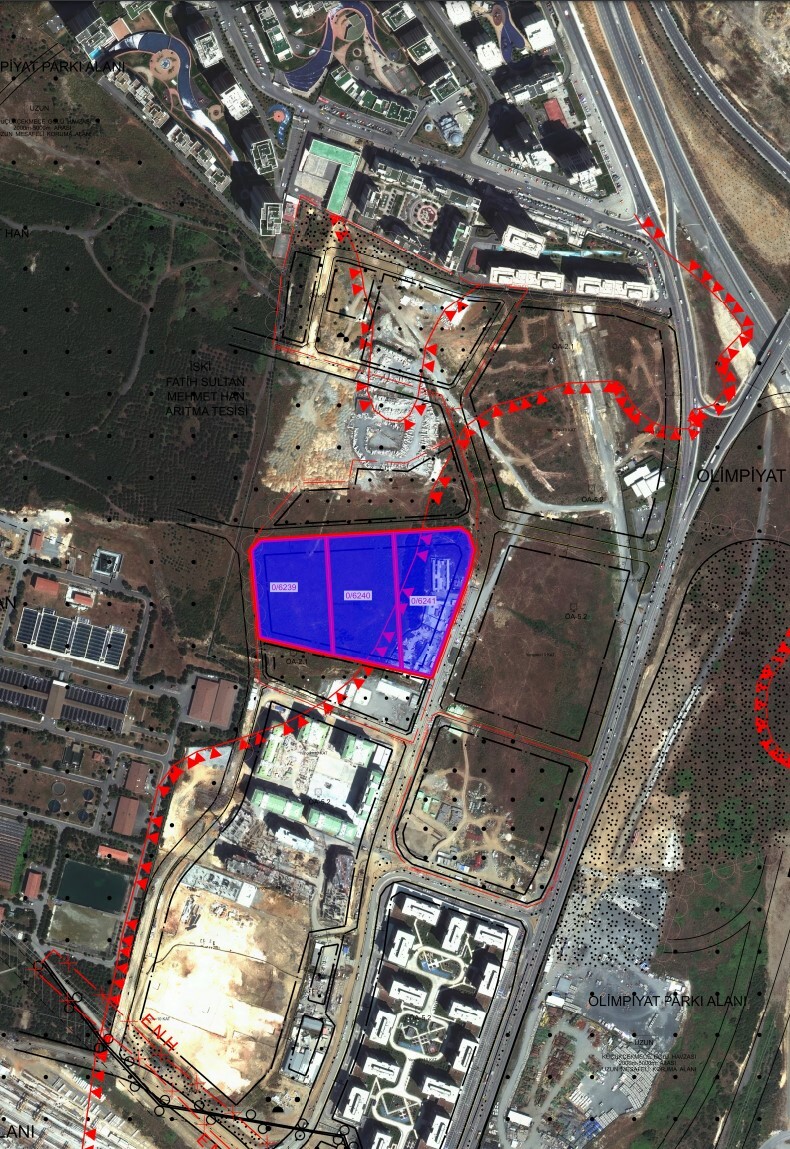Lands Integrated with the Urban Environment.
- Viewed - 2559
About This Listing
Lands Integrated with the Urban Environment
The importance of integrating lands with modern urban environments has become a clarion call for urban planners, architects and environmentalists. This is due to the pressing need to address the growing scarcity of open green spaces in rapidly developing cities and global environmental concerns. This integration not only enhances urban sustainability but also brings numerous benefits in terms of improving public health, biodiversity, climate change mitigation and the overall quality of life in urban areas.
Green spaces, including parks, gardens, woodlands and natural habitats, have the potential to significantly impact the urban environment positively. These spaces act as ecological corridors that support wildlife diversity and improve air quality. Besides, the creation and maintenance of these open areas offer recreational opportunities for residents and create harmony between built environments and nature.
From Concrete Jungles to Green Cities
Transitioning from concrete jungles into greener cities has become an integral part of urban development strategies. Innovative concepts such as rooftop gardens, vertical forests, and metropolitan farms have emerged, enhancing the eco-friendliness of buildings. These green urban landscapes not only provide a place for relaxation and reconnecting with nature but also play a pivotal role in reducing heat-island effect and improving stormwater management.
The Role of Sustainable Architecture in Urban Land Integration
Sustainable architecture further contributes to urban land integration. Forward-thinking architects are now designing buildings that incorporate green spaces, local flora, and fauna, and sustainable materials, minimizing the environmental impact of the built environment. These sustainable buildings preserve natural resources, increase energy efficiency, and result in healthier living spaces for city inhabitants.
Future Directions of Urban Land Integration
The shift towards integrating lands with the urban environment signifies promising developments in the future of urban planning. Utilizing technology can aid in creating intelligent green spaces, integrating digital tools with landscape design to create ‘smart’ parks or gardens. Moreover, inclusive community involvement in planning and maintaining these ecosystems can foster a sense of ownership and responsibility among city residents, ultimately leading to more vibrant, healthier, and sustainable cities.
Details
- Date:October 10, 2024
- Type:Sale




Add Review